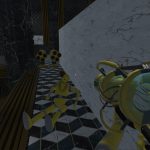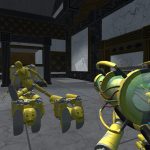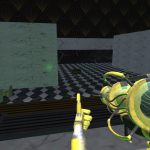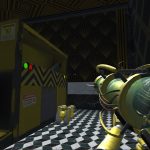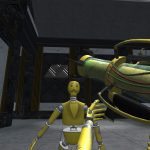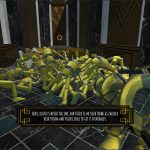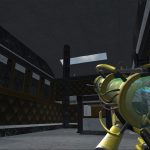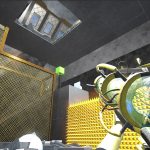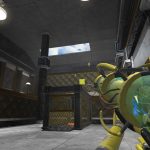Lab Rags
Producer & Game Designer
Lab Rags was my first published game, developed as the capstone project at the University of Utah. Since its release, it has been played by over 2,000 people and holds more than 300 “Very Positive” reviews on Steam. The game is a 3D puzzle-platformer where failure is not the end but a core mechanic used to progress through increasingly creative challenges.
I served in a dual role as both Producer and Game Designer, collaborating with a 16-person team composed of programmers, artists, designers, sound designers, and fellow producers. My responsibilities included managing sprint planning, maintaining production schedules, facilitating interdepartmental communication, and contributing to the design of gameplay systems and level progression.
Responsibilities included:
Design
In our first design meeting for Lab Rags, the team collaboratively decided on the game’s core mechanic: using and manipulating the player’s own dead bodies as part of puzzle-solving. I contributed to refining this concept by proposing a vacuum tool that allows players to store and launch bodies across the level, offering more control and range when interacting with environmental challenges. This mechanic also evolved to include transforming stored bodies into different forms, adding depth and creativity to the gameplay loop. it.
Alongside the core mechanic of manipulating the player’s own bodies, I contributed the idea of unlocking new body types to enhance puzzle-solving possibilities. This led to the introduction of environmental machines that transform bodies into different forms. One example is the compactor, which reshapes the player’s body into a cube, allowing it to be used as a platform to reach higher areas or as a shield against hazards like projectiles. This mechanic added variety, strategic depth, and a layer of dark humor that aligned with the game’s tone.
In addition to the cube body, I designed the bounce body mechanic, created when a player’s body is smashed by a wrecking ball and transformed into a trampoline-like object. This body type allows players to reach even higher platforms and can be combined with the cube body for extended vertical movement. This layered interaction between body types added more depth to puzzle-solving and encouraged creative experimentation from players.
Another body variation I designed was the sphere body, which allowed for creative solutions in tight or otherwise inaccessible areas. The player unlocks this form by placing a body into a spinning machine that reshapes it into a sphere. This new form can roll through small passages, such as one puzzle where the sphere rolls down a narrow tunnel, activates a fan, and presses a button. The addition of the sphere body expanded the puzzle design toolkit and introduced new ways for players to interact with the environment.
I designed Level One of Lab Rags to function as a natural and engaging tutorial, introducing players to the game’s core mechanic, using their own failed attempts to progress. The level begins with an unavoidable spike trap that forces the player to “fail,” while an encouraging text box prompts them to keep trying. As players continue, they intuitively realize that the trail of bodies forms a bridge, teaching them the foundational gameplay through action rather than instruction.
To reinforce mechanics, the level includes interactive buttons that remain inaccessible until the player picks up a body, guiding them to experiment with the vacuum tool. The rest of the level is open-ended, featuring traps like spikes and turrets that increase body count and encourage creative puzzle-solving. Multiple solutions are possible, allowing players to approach the finish line in their own way and reinforcing the game’s sandbox-style problem-solving.
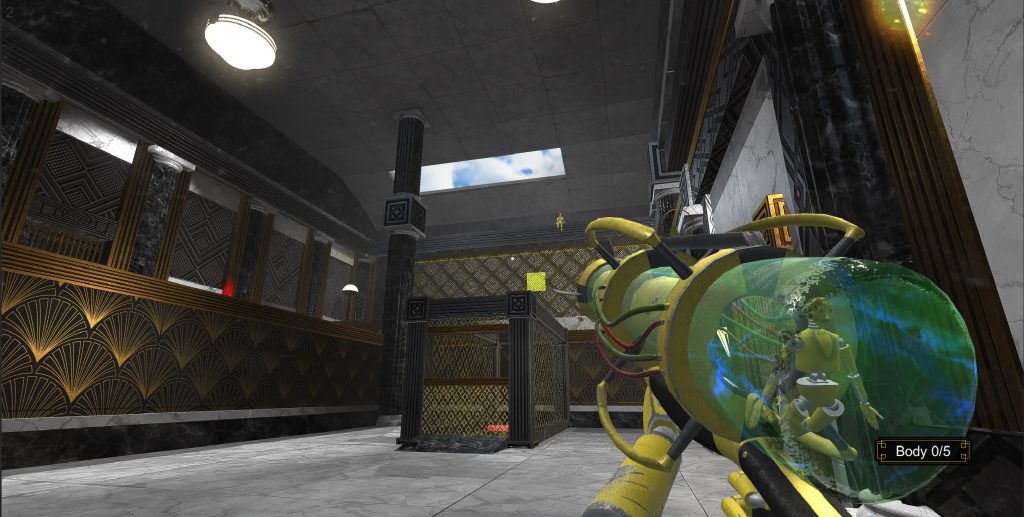

Level Two was designed as a natural progression from the introductory level, building on the player’s understanding of the game’s mechanics while introducing new body types to expand puzzle complexity. This level blends platforming and puzzle-solving, challenging players to determine which body type is most effective for specific obstacles. Timing and coordination are essential, as players must strategically place multiple bodies at the right moments to progress. The goal was to deepen player engagement by layering mechanics and encouraging experimentation, while maintaining the game’s playful tone and creative freedom.
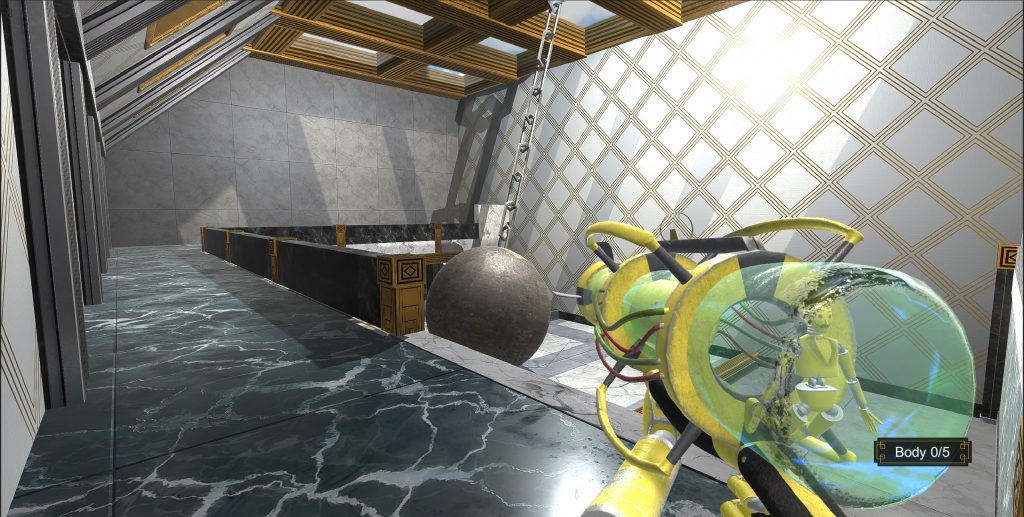
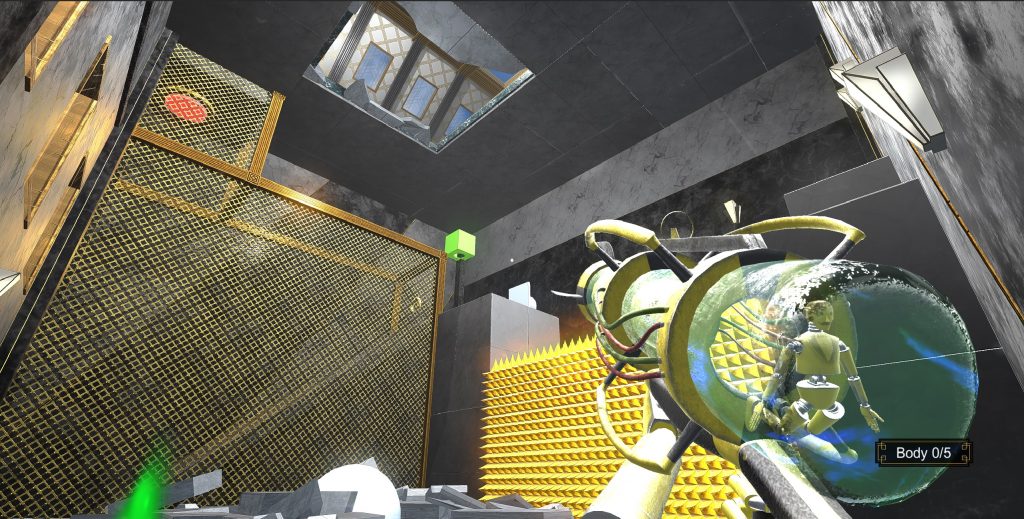
Production
Managed a 16-person development team remotely throughout the full production cycle of a published game.
Organized and led two types of meetings: full-team syncs to align overall goals and sub-team meetings (e.g., design, programming) to ensure cross-discipline coordination.
Participated in every team meeting, documented progress, and maintained the project’s Trello board to track tasks and milestones.
Prepared and delivered bi-weekly Sprint Reviews to classmates and professors, presenting completed work and outlining future plans.
Took the initiative to research and establish an LLC for publishing the game on Steam and other platforms—my first experience with game publishing logistics.
